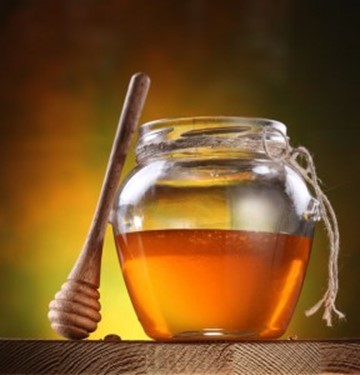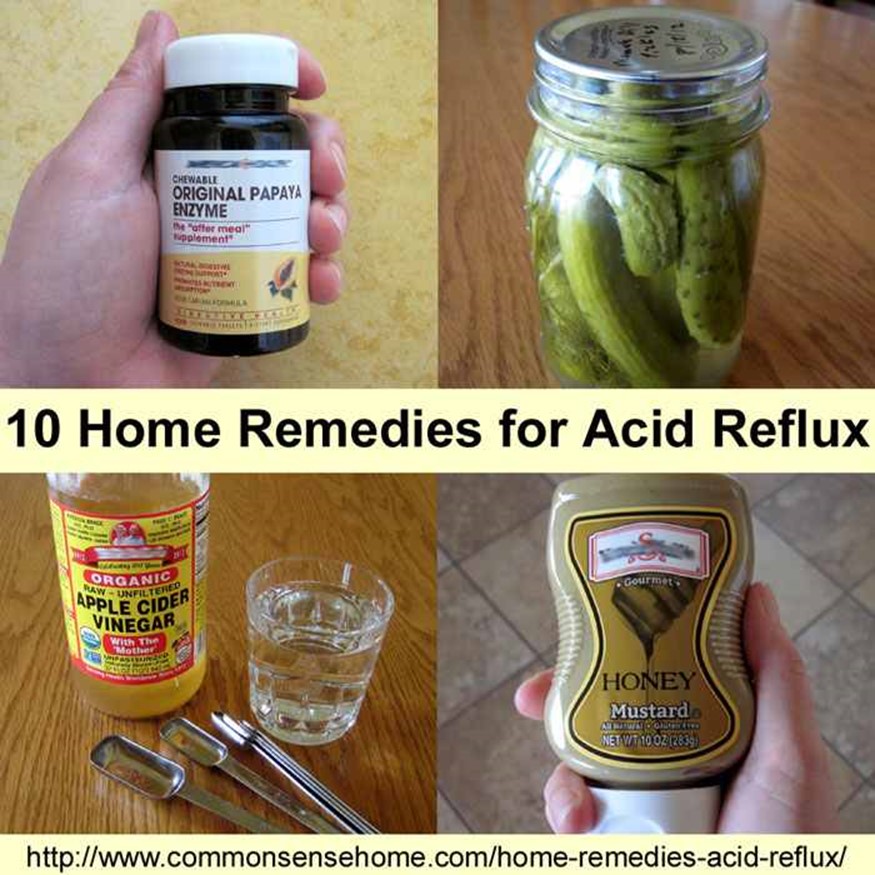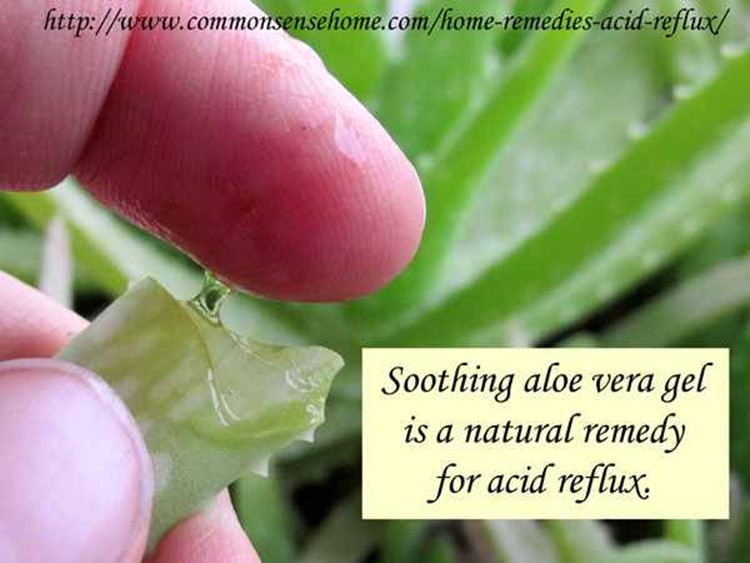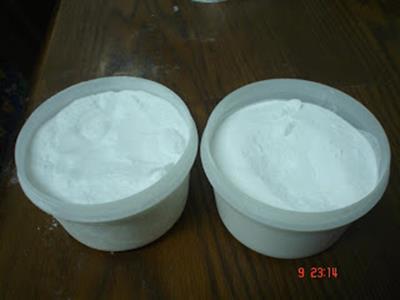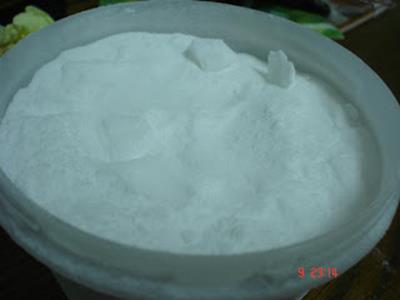The following is an assortment of tried and true folk remedies from a variety of sources. While the author can’t vouch for the particular effectiveness of any method, nor are any to be considered miracle cures, many people have found the following treatments to be an effective alternative to modern medicines or treatments. Of course, when serious illness or injury occurs you should seek out competent professional medical advice.
Folk Remedies for a Hangover
To lessen the effects of acetaldehyde, a by-product produced in your body from consuming alcohol, and what causes hangover symptoms, never drink on a empty stomach. One “old as the hills” suggestion to lessen the effects of hangovers is eating a large quantity of any member of the Cole family of vegetables (like cabbage) prepared in a acidic base before you start drinking. That’s right. Old-fashioned cole slaw prepared with vinegar is claimed to prevent a hangover!
A night of heavy drinking tends to dehydrate one’s body. The morning after, replenish water loss and possible electrolytes imbalances by drinking plenty of fluids, include something on the salty side like chicken soup, or canned tomato juice. Be careful if you have high blood pressure, kidney disease or if you must watch your sodium intake.
If you’re already into heavy drinking, many swear by Chaparral a herb found in larger health food stores in capsule form. It is reported to help detoxify one’s liver and is an old Indian remedy. The garden variety vitamin B in 50 mg tablets taken before you start drinking is said to help replenish it’s loss from the body due to consumption of large amount of alcohol. If you already are suffering from the symptoms of a hangover and don’t mind trying something that sounds totally ridiculous, try rubbing a cut lemon under each armpit. If you want to quit drinking try sucking on a whole clove. It’s known to be effective in getting rid of the urge to consume alcoholic beverages.
Folk Remedies for Body Oder
Fed up paying big bucks for commercial products, then try baking soda. Mix two parts of cornstarch to one part baking soda. Best if used right after bathing. OK, still in the kitchen? Try cutting up a big cucumber that’s high in magnesium and an effective natural deodorant. So is plain old vinegar. Its high alcohol content will destroy bacteria that causes unpleasant orders. Don’t worry, that vinegar smell goes away in about twenty minutes to half an hour.
Folk Remedies for Bruises, Sprains, Bangs and Pains
Forget about beefsteaks, apply ice or anything that’s really cold. No ice? Try a package of frozen vegetables. Give it a few bangs with a hammer to shape into a useful shape. Many people suggest adding a grated onion and potato to a bowl of warm water for soaking your sore hand or foot. Pro athletes use the potato trick to relive minor swelling and soreness of injured fingers. Simply cut a large enough hole in the potato, plunge in your sore digit, and watch the starch in the potato do the trick.
Got a headache? Cut out a small piece of a regular brown paper bag of the type you bring home the groceries in. Dip in vinegar (white vinegar seems to work better) and place on forehead Your minor headache should be gone shortly! One off-beat remedy that may work at times simply requires that you flail your arms vigorously for several minutes. Most headaches are caused by constriction of blood vessels inside your head. By moving your arms as described, you reduce some blood flow, and may reduce swelling of affected vessels that give you the headache in the first place. Stop if you feel any discomfort, increased pain or get light-headed.
Folk Remedies for Constipation
Try a small glass of cooked cabbage or carrot juice. Not too tasty? Grapefruit juice also works well as does prunes, figs, oat bran, over ripe bananas, avocados, raw apples, sauerkraut and beets. A small daily salad works well as does daily exercise. Foods that are known to cause constipation include alcoholic beverages, food with refined white flour, most spicy foods, all dairy products and chocolate.
Folk Remedies for Diarrhea
Drink a glass of room temperature water mixed with a good sized teaspoon of cornstarch. Repeat after three or four hours. Another effective if unpleasant looking remedy is allowing a grated apple to brown, then slowly eat it. What happens is the pectin oxidizes and you’re getting the same ingredient found in many over-the counter diarrhea medicines. One of the oldest remedies for diarrhea is blackberries. Try blackberry wine, or blackberry jam. About two ounces every three hours should give relief. A just barely ripe banana, white rice and any flavor Jell-O also provides an effective home cure that tends to work by soaking up excess water in your intestines and stops diarrhea naturally – without harsh medications.
Folk Remedies for Hemorrhoids
Two effective treatments are lemon juice or witch hazel. Rub a small amount in the affected area with a cotton swab before going to bed. Each treatment may sting slightly. Also try rubbing in the oil from several vitamin E capsules.
Folk Remedies for Hiccups
Try dill tea. All it takes is a teaspoon of dill seeds added to a cup of fresh boiled water. Try breathing into a paper bag for a couple minutes. Eat several antacid tablets high in calcium. Last but not least slowly drink a large glass of water.
Folk Remedies for Indigestion and Motion Sickness
One of my mom’s favorites and it really works is a few drops of oil of peppermint dissolved in a half a teaspoon of sugar. Also try peppermint tea, or a peeled and grated potato strained through cheesecloth, added to water. Drink slowly. Certain fruits have enzymes that calm down the most upset stomach. Try mango, kiwi fruit, papaya or fresh pineapple.
Gas can be a problem. To relieve, try ginger or anise tea. If you like beans but they cause you problems try cooking them with a few slices of potato which seems to remove to gas, and has no affect on the taste of the beans.
To control nausea, pick up and sniff a newspaper. An ingredient in the ink will quickly clear up that sick to stomach feeling for many people. Also try sucking ice cube or ice chips. For motion sickness try a half a teaspoon of ginger powder in a glass of water.
Folk Remedies for The Common Cold
American spend billions of dollars every year trying to fight off the misery of the common cold. Want to try something different? Garlic is said to work wonders. Take a large clove, peel and keep it in your mouth. Bite down every so-often to release the natural juices. Replace with a new clove every four or five hours. Your cold symptoms are reported to be to gone in twenty four, to forty eight hours.
Your nose all stuffed up? Try eating some hot or spicy foods which should open up those blocked nasal passages and you won’t have the rebound effect of taking too many nose drops! Not hungry? Try a few minutes of vigorous exercise. The increased oxygen demand of your body will almost certainly cause you to breathe deeper and help open-up your blocked nasal passages naturally. Chest congestion can be effectively cleared up by any of the over-the counter vapor medications, or try breathing a mixture of hot vinegar, or white wine. Breath in the vapors for a few minutes, and you should get relief!
Coughs and sore throats can be controlled with several home remedies. A classic required a large lemon. Start by slowing roasting it until it just splits open. Now take up to half a teaspoon of honey with the juice from the lemon. Repeat at hourly intervals until the cough is under control.
Folk Remedies for Sore, Tired or Smelly Feet, and Split Finger Nails
Every one’s feet take a beating. Here’s a few tips for common problems. Rejuvenate tired feet by pampering them with a soothing bath in a mixture of barley or millet. Use about two cups in ten cups of water. Slowly bring to a slow boil, once it gets to a soup like consistency take off heat, let cool. When at a comfortable temperature pour into large container and soak your feet for a half hour.
Ingrown toenails cause a lot of pain. This tip can work wonders! At bedtime put a lemon wedge on the sore toe and secure in place. By morning, the juices should soften the inflamed skin enough to allow you to trim the nail away from the skin it worked its way into. Trim toe nails flat do not round corners to help prevent re-occurrence.
Corns can be rubbed with castor oil or with a vitamin E capsule. Repeat daily for two weeks and you should be able to easily get rid of your corns.
Know someone who got really smelly feet? Try this. Let four to six tea bags steep fifteen to twenty minutes in a large bowl. Transfer to a good sized basin, add enough cool water to just cover your feet, let soak for half an hour. The tannin in the tea should get rid of the bacteria that cause the odor. Wash feet well after use to avoid staining. Repeat several times a day for a couple of weeks.
For broken nails rub an onion or garlic juice several times a day. Try eating almonds and lots of green vegetables. Brittle nails may be a sign of iron deficiency and some serious diseases.
Folk Remedies for Dandruff
For split ends comb in a mixture of warmed castor oil mixed with olive oil into your hair. Wrap with a towel, leave in place for half an hour. Shampoo with an added egg yolk. Add half a cup of apple cider vinegar to a gallon of cool water. Rinse. Rinse with clear water to remove all traces of previous substances.
If your hair is thinning, try increasing you intake of foods high in sulfur. Cabbage, brussels sprouts, turnips, cauliflower as well as raspberries and cranberries are all high in sulfur Supplement your diet with foods high in the B vitamins. Give your hair holding power with flat beer. The smell goes away in a day or so!
For dandruff, wrap one or two ounces of fresh ginger root and an ounce of camomile flowers in a piece of cheesecloth. Drop in a gallon of water and boil for ten to fifteen minutes After you shampoo, massage mixture into hair, rinse lightly. Another popular method requires only apple cider vinegar. Rinse your head completely with the warmed liquid. Cover your head with a towel or shower cap, leave in place for half an hour. Rise completely. Repeat three times a week till dandruff is gone. Finally, try rubbing peanut oil into your scalp. Rise with fresh lemon juice. Leave for twenty minutes. Rinse well to remove all traces of mixture. Repeat weekly till dandruff clears up.
Folk Remedies for Pets
Pets have problems too. Here’s a few quick tips for common problems. A lot of dogs develop a flea problem. try rubbing on garlic power – no more fleas. If Fido seem to have a severe itching problem try using a little apple cider vinegar on the affected spot. Diarrhea? Try a teaspoon full of carob powder mixed with his food. Worms? Garlic again. In fact, most dogs love the taste of garlic, and if you look at the label of many manufacturers pet foods you’ll find it listed in ingredients!
Bad Breath? Give your pouch a sprig or two of parsley mixed in his food. When you give your dog a bath, add a few tablespoons of baking soda to both the bath and rinse water to give a shiny bright coat. If you have a long-haired dog that’s shedding, rub a little olive oil a couple of times a week. A cat’s litter box will smell fresh if you add a box of baking soda. Fur balls pass easier if your pet has roughage. Can’t get him to eat dry cat food? Try mixing a little liquid from a can of tuna fish.
“The art of medicine consists of amusing the patient while Nature cures the disease.” Voltaire, French philosopher, writer 1694-1778.
“Illness is the doctor to whom we pay most heed; to kindness, to knowledge, we make promise only; pain we obey.” Marcel Proust, French novelist 1871-1922.
Start now to make sure you are staying prepared.
Via: thesurvivalistblog








 Follow
Follow